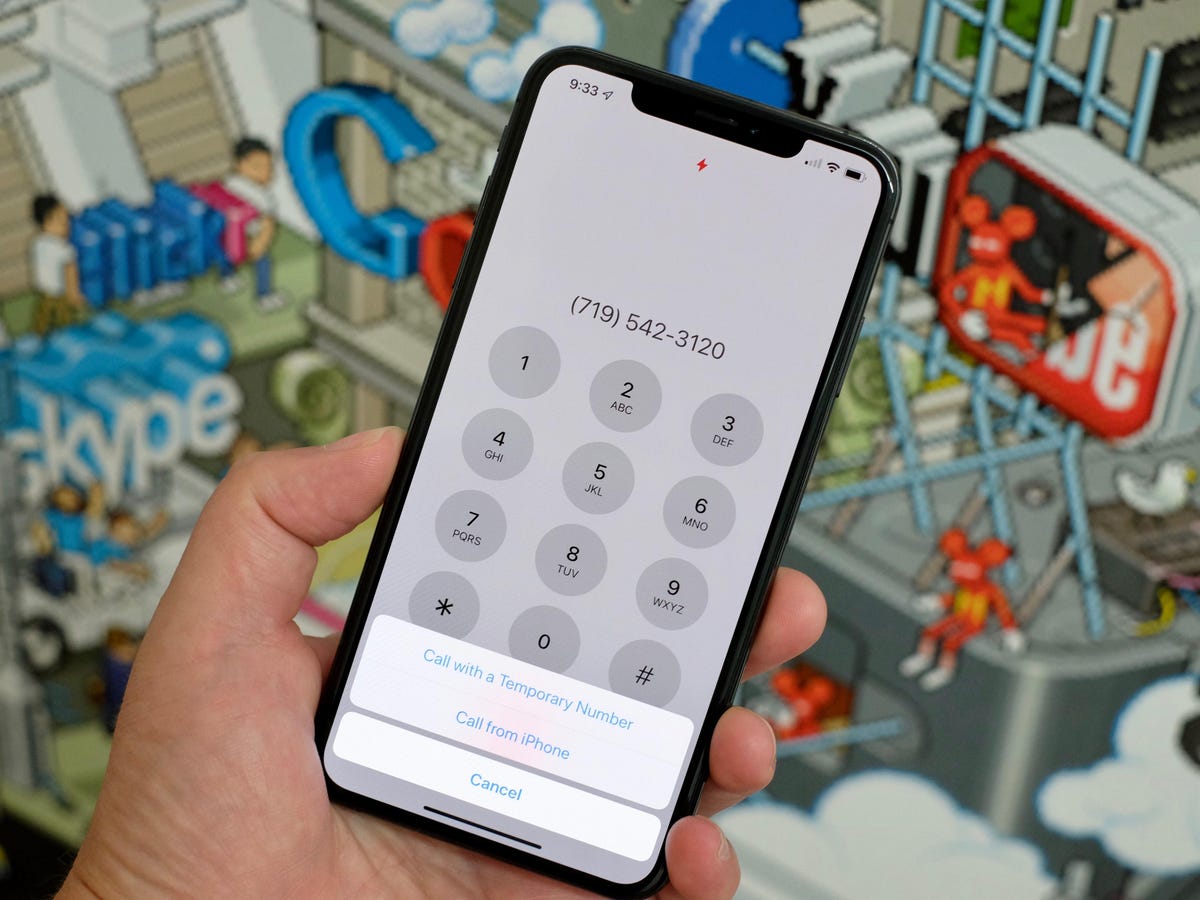
Image Source: Google
Phone numbers have become an essential part of our daily lives, used for communication, verification, and various other purposes. However, the rise of fake phone numbers has raised serious concerns regarding scams, spoofing, and security risks. In this article, we will delve into the dark side of fake phone numbers and explore the dangers associated with them.
Scammers have been known to use fake phone numbers to trick unsuspecting individuals into giving away their personal information or money. One common scam involves receiving a phone call or text message from a fake number claiming to be a representative from a legitimate organization, such as a bank or government agency. The scammer may then ask for sensitive information, such as social security numbers or bank account details, under the guise of verifying your identity or resolving an issue. By providing this information, you could fall victim to identity theft, financial fraud, or other malicious activities.
Another concerning aspect of fake phone numbers is spoofing, a technique used to manipulate caller ID information and make it appear as though the call is coming from a different number. This can be done using easily accessible software or online services, allowing scammers to disguise their true identity and location. Spoofing is commonly used in phishing scams, where individuals receive fraudulent calls or messages that appear to be from a trusted source, such as a company or government agency. This deceptive tactic can make it difficult for recipients to discern the authenticity of the communication, leading to potential security breaches or financial losses.
Moreover, fake phone numbers pose significant security risks for individuals and businesses alike. In addition to being used for scams and spoofing, fake numbers can also be used to conduct cyber attacks, such as phishing, vishing (voice phishing), or smishing (SMS phishing). These attacks aim to deceive individuals into providing sensitive information or clicking on malicious links, which can result in data breaches, financial losses, or other adverse consequences. As technology continues to advance, scammers and cybercriminals are finding new ways to exploit fake phone numbers for their nefarious activities, highlighting the importance of vigilance and awareness in safeguarding against such threats.
To protect yourself from the dark side of fake phone numbers, there are several precautions you can take. First and foremost, be cautious when receiving unsolicited calls or messages from unknown numbers, especially if they request sensitive information or prompt you to take immediate action. If you are unsure about the legitimacy of a communication, verify the identity of the sender through official channels, such as the company's website or customer service hotline. Additionally, consider using call-blocking apps or services that can help identify and block suspicious numbers, reducing the risk of falling victim to scams or spoofing attempts.
For businesses, implementing robust security measures, such as multi-factor authentication, encryption, and employee training programs, can help mitigate the risks associated with fake phone numbers. Educating staff members about the dangers of phishing scams, social engineering tactics, and other cybersecurity threats can empower them to recognize and respond to suspicious communications effectively. Furthermore, monitoring and analyzing phone call patterns, such as the frequency of unknown numbers or the volume of unsolicited calls, can provide valuable insights into potential security breaches or fraudulent activities.
In conclusion, the dark side of fake phone numbers presents serious risks and challenges for individuals, businesses, and society as a whole. From scams and spoofing to security breaches and cyber-attacks, the dangers associated with fake numbers underscore the need for increased awareness, vigilance, and proactive security measures. By staying informed, exercising caution, and implementing best practices for cybersecurity, we can effectively safeguard against the threats posed by fake phone numbers and protect ourselves from falling victim to malicious activities.
